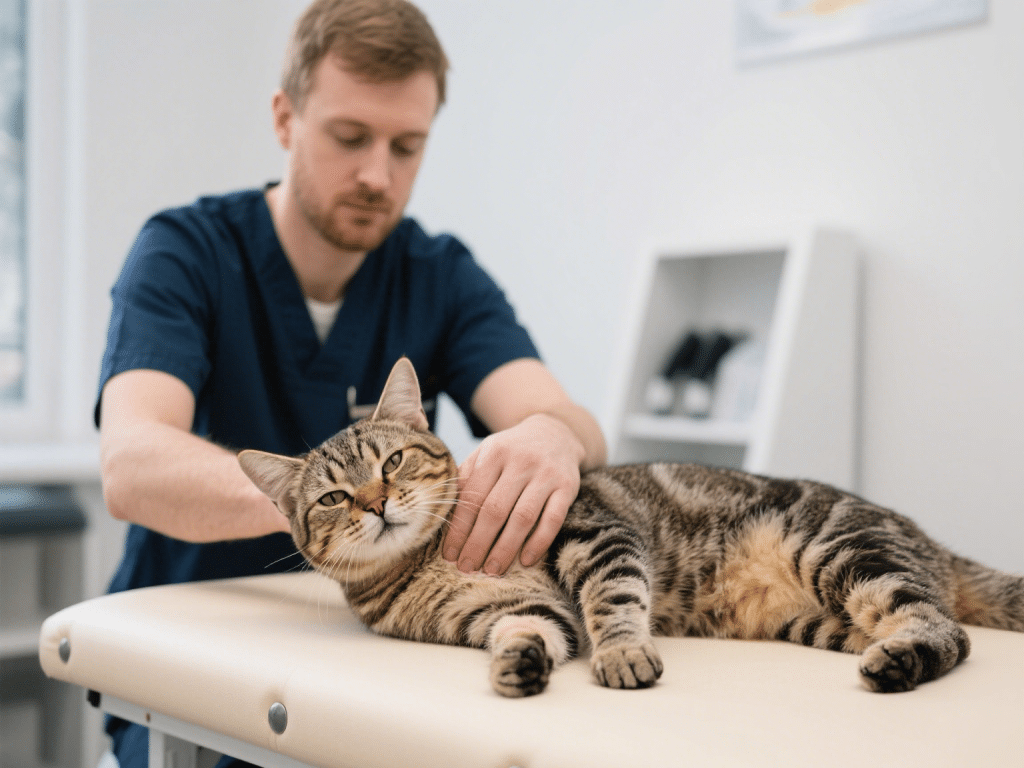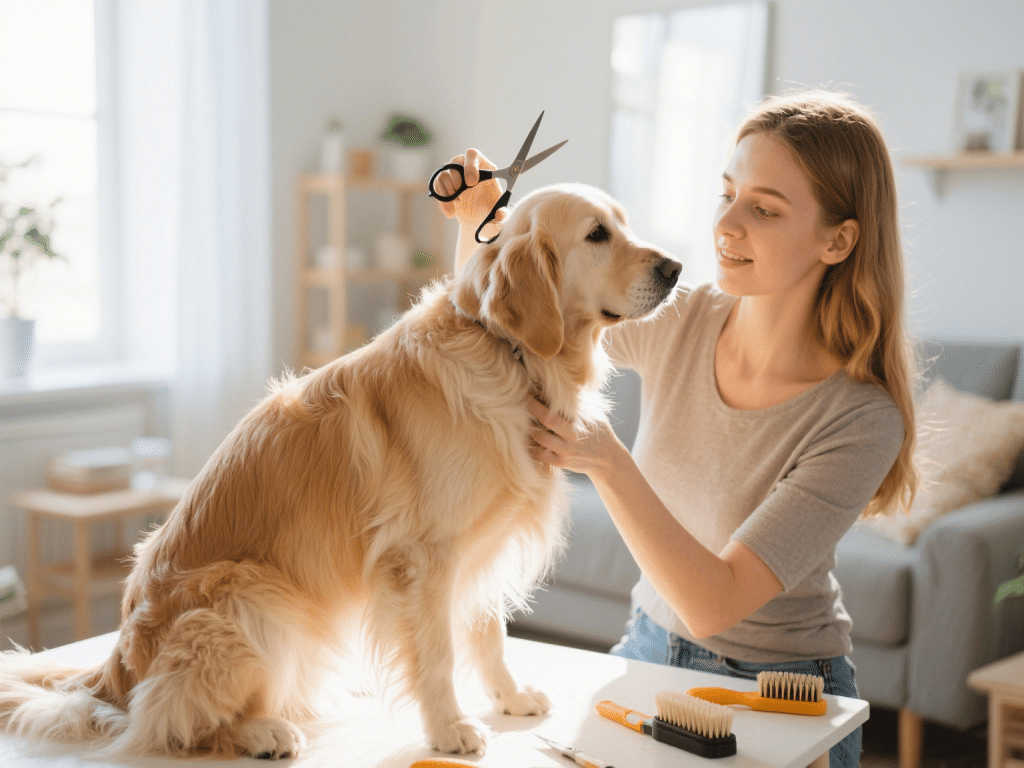Tips for Bathing a Dog That Hates Water
Introduction
Bath time can be a daunting experience for dogs with water aversion. Whether due to past negative experiences or innate fear, water-hating dogs require patience, positive reinforcement, and alternative methods to make grooming less stressful. This guide outlines strategies to turn bath time into a more positive ritual.
1. Understanding the Fear
Past Negative Experiences: A dog that slipped, felt overwhelmed by water flow, or had painful encounters during previous baths develops lasting anxiety.
Sensory Overload: The combination of unfamiliar sounds (running water), sensations (wet fur), and slippery footing can trigger panic.
Breed Predispositions: Some breeds (e.g., Chihuahuas, Dachshunds) are more sensitive to cold water and may resist bathing.
2. Gradual Desensitization and Counter-Conditioning
Introduce Water Slowly: Start by placing a shallow basin of lukewarm water in a non-threatening, familiar area. Allow the dog to explore it at its own pace.
Positive Associations: Pair each exposure to water with high-value treats, praise, and toys. Use clicker training to mark calm behavior near water sources.
Short Sessions: Begin with just wetting the paws or belly, retreating before signs of distress emerge. Increase water coverage gradually over multiple sessions.
3. Choosing the Right Bathing Environment
Non-Slip Surfaces: Use a rubber mat or towel in the tub or sink to prevent slipping. Fear often stems from losing footing.
Shower vs. Sink vs. Outdoor Tub: Small dogs may feel safer in a sink or shallow basin. For larger dogs, a handheld sprayer in a non-intimidating space (e.g., fenced yard with a kiddie pool) can be preferable.
Lukewarm Water Temperature: Cold water intensifies fear; hot water can burn or cause discomfort. Aim for 92–98°F (33–37°C).
4. Alternative Cleaning Methods
Dry Shampoo and Waterless Sprays: Use pet-safe waterless foam shampoo to clean dirt and odor without water. Massage into coat and towel off.
Spot Cleaning: For dogs resistant to full baths, use damp washcloths or pet-wipes (unscented, hypoallergenic) to clean muddy paws or soiled areas.
Dog Grooming Gloves: Microfiber grooming gloves combined with a mild, diluted shampoo can allow gentle scrubbing without full immersion.
5. Step-by-Step Bath Routine for Anxious Dogs
Pre-Bath Preparation: Brush out mats to prevent pulling. Check water temperature and prepare all supplies within reach.
Place Treats and Toys Nearby: Scatter small treats on a ledge or in a treat puzzle to keep the dog focused on positive stimuli.
Lower Head and Body Gradually: Use a cup or pitcher to pour a slow stream of water starting from the legs and moving upward. Avoid directing water at the face—use damp cloths for head cleaning.
Gentle Massage with Shampoo: Apply a small amount of tear-free, hypoallergenic dog shampoo. Massage slowly, praising and rewarding calm behavior.
Rinse Thoroughly: Ensure no residue remains; leftover shampoo can irritate the skin. Use gentle pours or a handheld nozzle on low pressure.
Towel Dry and Reward: Wrap the dog in a fluffy towel; avoid blow-dryers if the noise is frightening. Offer treats and playtime immediately after to create a positive ending.
6. Post-Bath Comfort and Reinforcement
Warm, Quiet Area for Drying: Provide a cozy spot away from drafts. A heated dog bed can comfort short-haired or small breeds.
Positive Reinforcement: Praise the dog lavishly; offer favorite treats or a play session. Reinforce that baths lead to enjoyable experiences.
Regular, Brief Baths: Frequent, short, positive bath sessions help build confidence. Over time, your dog may associate baths with treats and attention.
Conclusion
Bathing a dog that hates water demands patience, strategic desensitization, and positive reinforcement. By creating a comfortable environment, using alternative cleaning methods, and rewarding calm behavior, you can transform bath time into a less stressful routine. Consistency and empathy will help your water-averse dog feel more secure and cooperative.









Comments on "Tips for Bathing a Dog That Hates Water" :